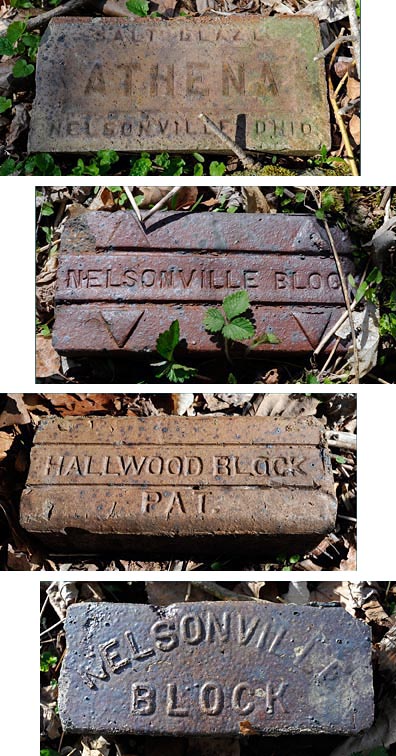Fall is my favorite time of year. I have fond memories of sitting on the front stoop of my childhood home during the first crisp days of autumn, smelling the aroma of burning leaves, and hearing the faint sounds of the local college football game come and go with each successful play. Today, I appreciate the colorful leaf display that also comes and goes this time of year. I recently got up early on a Sunday morning and drove down to the Hocking State Forest area in hopes of photographing the sunrise and fall colors from a very specific spot.
Ash Cave Fire Tower, Hocking County (39.4076°, -82.5311°), is one of 20 fire towers still existing today—exactly half the number that once stood guard over the forests of Ohio. None of these towers are used today and only a few have been restored. With a height of 79 feet Ash Cave Fire Tower rises well above the treetops and affords a wonderful view of the changing leaves.
The rising sun is about to peek over the horizon on the first none-overcast day of the week. October has been cool and wet this year and I gambled that I’d have a good morning to take my photos.
As the opportunity to photograph the colors of the rising sun waned I climbed one last flight of steps to the landing just below the cab of the tower. One can’t enter the cab as it’s quite rightly locked up tight. But now you can see some of the structure of the tower—the recently painted metal supports are shown while the scary decaying wood steps are not.
Now we’re looking north—the leaves have only begun to change, but I’m glad I made the effort. I would imagine this would be a good place to bird watch or critter watch and I think I’ll return again to do just that.
Another look at the fire tower with a sliver of the moon hovering above it (yep—that little white speck at the very top).
Many people still work or volunteer as lookouts in fire towers throughout the United States. Technology has its place, but sometimes you still have to do it the old fashioned way. A job announcement for a lookout at Desolation Peak in North Cascades National Park stated: “This lookout is a remote one, travel by boat across Ross Lake, then a 6 mile strenuous hike up to the lookout. The only water available is what you can melt down from the last winter’s snow.” Hmm, I think I’ll stick with leaf peeping in Ohio.




















































